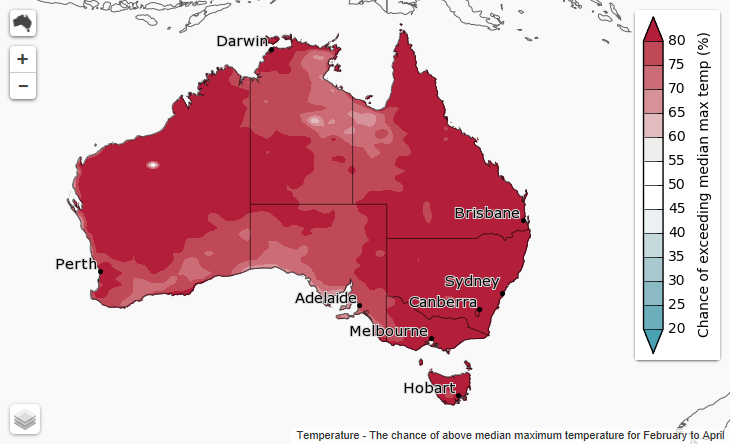A common misconception is that, like humans, pests become more lethargic in hot weather. Unfortunately, the opposite is true—in most cases warmer weather actually speeds up pest growth with pests reaching a damaging size and pest populations increasing more quickly. Also, hot weather is often associated with little or no rain. And rain, particularly heavy rain, can suppress aphid, mite and whitefly activity and promote the spread of beneficial pathogens.
Consequently regular sampling is critical in hot weather, so pests can be apprehended before they inflict significant damage.
As well, hot weather can leave crops more susceptible to pest damage. Temperature-stressed plant leaves can become less attractive and leaf feeding pests such as helicoverpa and grass blue butterfly larvae are more likely to attack terminals and buds, where damage has a greater impact on crop yield.
However, another leaf-feeding pest, soybean moth, is more attracted to stressed plants, so check crop edges adjacent to trees, or parts of the paddock with poorer drier soil, as this is where soybean moth numbers are likely to be higher.
In hot weather, the best time to sample crops is in the early to mid-morning. Avoid the hottest part of the day if possible, as pests are more mobile and counts on the beat sheet may be up to 50% lower.
Finally, in very hot weather, resist the temptation to just visually sample the crop from your vehicle, or from the edge of the crop. In a recent grass blue butterfly outbreak at Maryborough, the large number of damaged buds and flowers was only obvious when the canopy was parted. Similarly in mungbeans, damage at the start of the critical flowering stage can only be determined by parting and looking within the canopy, not by looking over the roadside fence.
Happy sampling for 2019!

